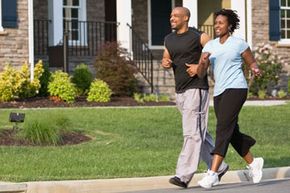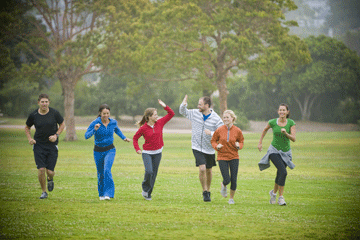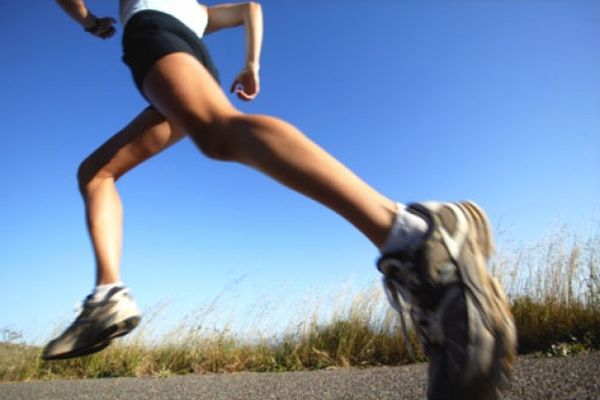So you want to shave a few inches off your waistline and are thinking about taking up running as a way to achieve some weight-loss goals -- great! Running is not only a healthy way to lose weight, it's also one of the most popular. Combined with a healthy diet, it can be really effective at helping you shed pounds, especially if you're not usually one for physical activity.
The great thing about running is that it's easy. You don't need any special equipment, training or gadgets, and you can do it just about anywhere and at any time. If you can put one foot in front of the other, then running is probably an option.
Advertisement
In its most basic form, losing weight is about using up more calories than you consume. Calories are a unit of heat, and they are your body's source of energy. When you eat, in addition to taking in essential vitamins and nutrients, you're also taking in calories and providing your body with energy.
Your body uses most of the calories you take in every day in order to function -- you know, breathing, circulating blood, blinking, walking, talking and so on. Any extra calories get stored in your body as fat (your body's way to save that energy for another day). It takes about 3,500 extra calories to add 1 pound of fat to your body. Likewise, to lose 1 pound (.45 kg) of fat, you'll have to burn 3,500 calories more than you typically use. What this means for you is that the more calories you take in, the more energy you need to expend to get rid of them (to keep them from turning into fat).
So where does running fit into all of this, and can it really help you lose weight? To put it simply, running helps you burn more calories, and burning more calories leads to weight loss. But just how many calories does running burn, and how do you get started running to lose weight?
Advertisement



